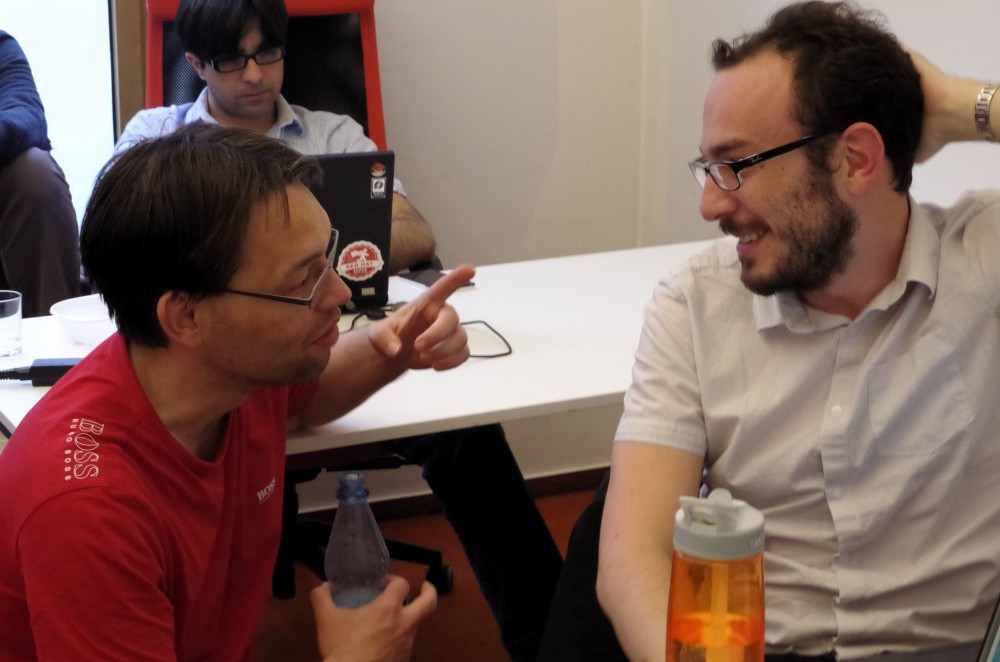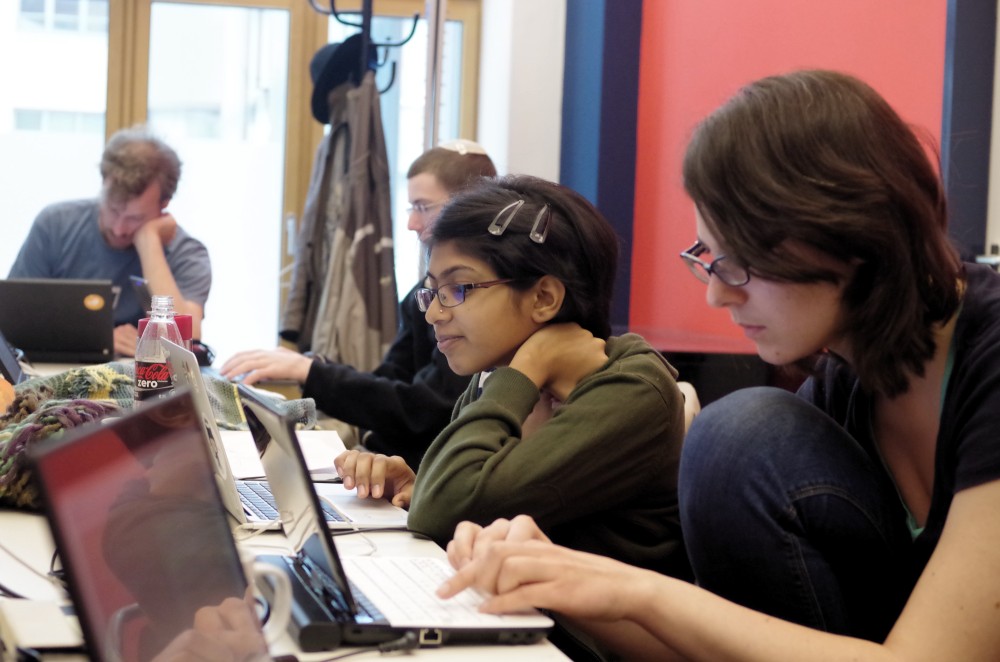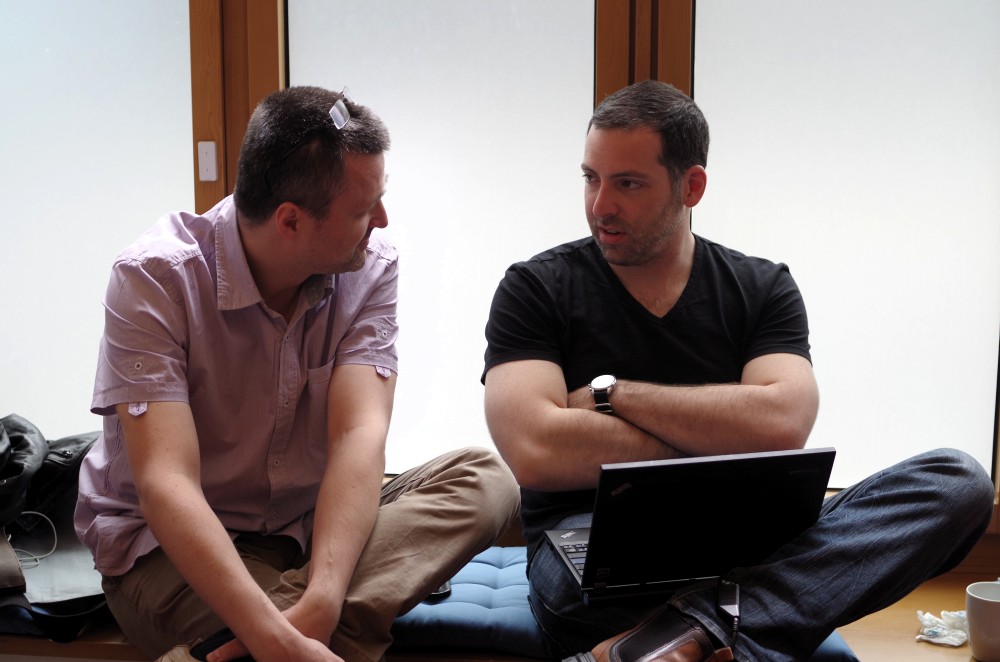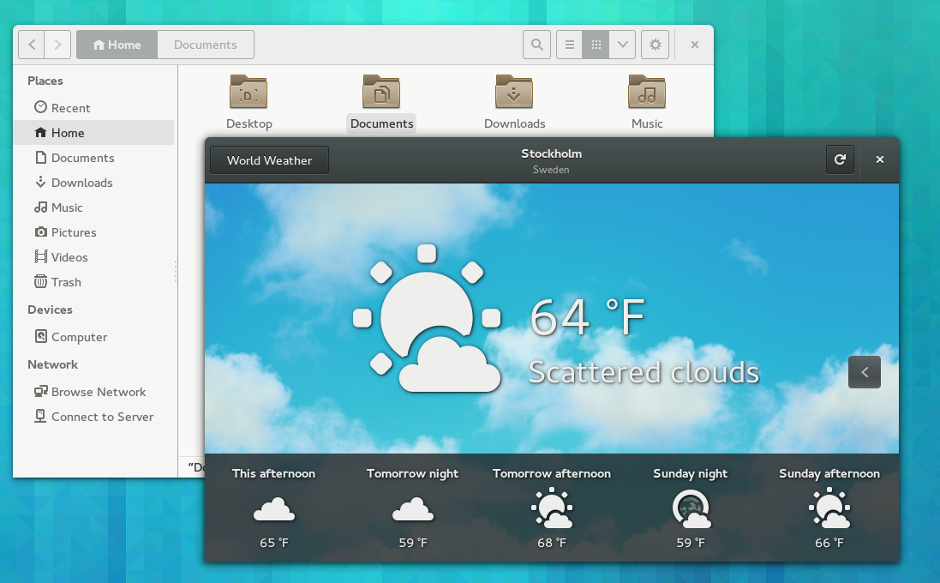Last week I participated in the 2014 Developer Experience Hackfest. It was a great event – it’s so useful to spend time focusing on this important area, and it was an invaluable opportunity to move existing work forward and agree on plans. We should definitely ensure that we have a developer experience event every year.
My personal priority for the event was to plan the future of GTK+, particularly so that it supports the GNOME 3 application designs we have. We have come a long way in this area, but there are a few outstanding design patterns that aren’t fully supported by the toolkit. Adding support for these will not only make it easy for people to create GNOME 3 style applications, but it will also enable us to publish a new version of the HIG.
During the hackfest we spent an afternoon reviewing GTK+ support for the various application designs we have, and identified the priority items that we need to take care of. We seem to have a clear plan in this area now (more details on this to come). I’m really happy that people have signed up to work on the most important tasks. Hopefully we will have support for all the key application design patterns in the not too distant future, which will enable an initial version of a GNOME 3 HIG to be published.
Another area I spent a bit of time on during the hackfest was developer documentation. I worked with Kat and Dave to clean up the material on developer.gnome.org, and I did a bit of tidying of the platform overview. This work should tie in with the advances we’re making on API reference documentation.
I’d like to say a big thank you to Chris Kühl and Endocode for hosting the hackfest. They have a great space, and were very hospitable hosts. Many thanks also to the GNOME Foundation for sponsoring the event – many of the participants would not have been able to attend without this support.








